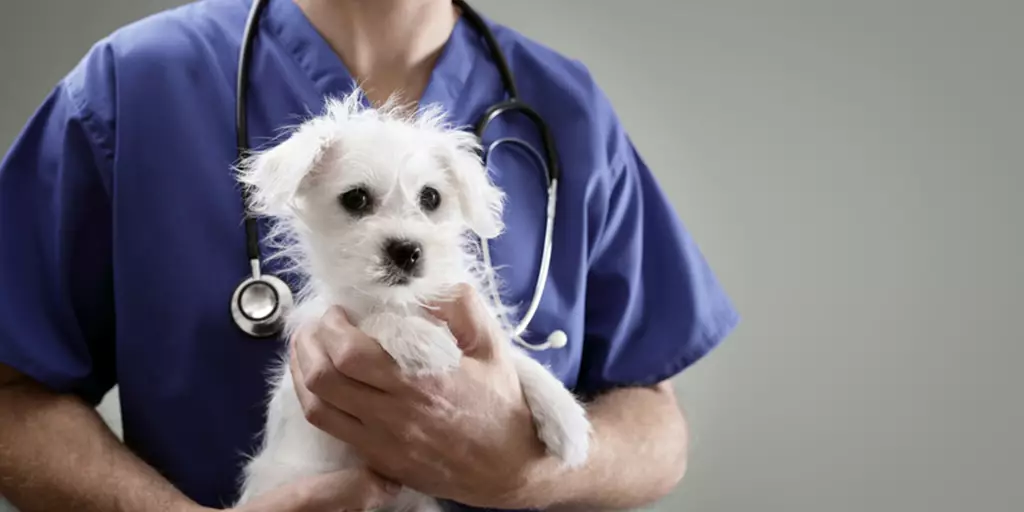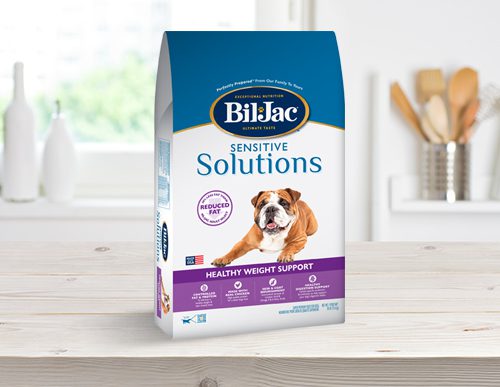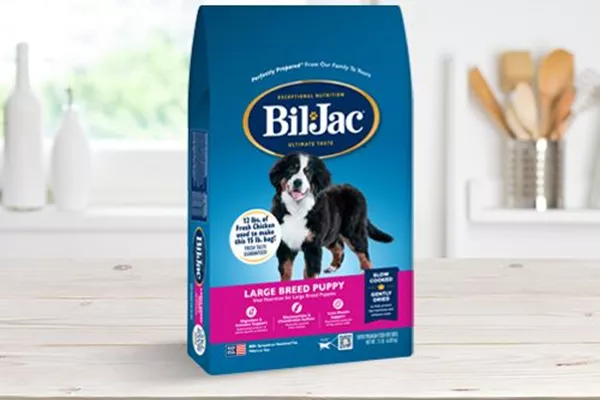As much as we love our dogs, there are times when they stick their snout in something they shouldn’t. While this mischief is usually harmless, there is always the chance that your dog could accidently discover something that could be toxic or even deadly.
While people can often determine which substances can harm them, dogs don’t always know what they might be getting themselves into as they explore. March 18th marks the start of Poison Prevention Week, which serves as good opportunity to learn what we can to protect our beloved furry friends from accidents. Here are some poison prevention measures you can take in your home.
Research Household Items
Some of the most dangerous substances are the ones that you don’t know are toxic to your pets. There are several everyday household items that can be a potential threat to your dog. These include:
- Human foods
- Medicine and supplements
- Cleaning supplies
- Insecticides and rodenticides
- Plants
Some substances, such as chocolate and antifreeze, may seem obvious, but others could be a surprise. It’s important to do some research to see if a new product or naturally-occurring substance can pose a threat to your pooch. For example, cleaning products will often note if pets should be kept away during use. There are also online resources that list toxic substances, such as our post on everyday items that may be harmful to dogs. A little digging can help you identify safe and unsafe products to help protect your furry friend.
Skip the Human Food
Just because your dog is an important member of the family doesn’t mean they should eat the same foods as everyone else. Even foods that seem safe can contain ingredients that are not good for dogs, such as onions, garlic and macademia nuts. Other foods that can be toxic to dogs include:
- Chocolate
- Grapes and raisins
- Apple cores
- Caffeine
- Yeast dough
- Sugarless Gum and Candy, especially if it contains Xylitol
Even if you don’t plan on giving your dog any human food for snacks, they may get into food unintentionally. Food left on counter tops and low shelving can be awfully tempting for a hungry pooch, even if it’s still in the original packaging. If you have children, help them understand that they shouldn’t give your dog their leftovers or leave their food in easy-to-reach places. Instead, it’s best to stick with premium dog food that contains nutritious ingredients that are safe and beneficial for dogs.
Keep Poisonous Items in Safe Places
Food isn’t the only substance that needs to be hidden away. In fact, the ASPCA notes that human medication is the top cause for pet toxicity in the U.S. Food, medicine, and other toxic substances and household items should be stored in places where dogs can’t reach them. If you are taking your medicine or vitamins, be sure to do it in a place where the dog is not present or where you can take it without the fear of dropping it on the floor where you dog could swallow it.
Of course, the level of security needed will depend on your dog. Countertops and table may be a safe storage place for smaller dogs, but not for larger dogs that can reach those spaces. Generally, places that are too high work best. Storage behind close doors can also work as long as you remember to close them after you’re done. On the off chance you forget to close a closet door, make sure any bottles and other containers are closed tight to prevent spills or easy access. If your dog can open cabinet doors, you may need child safetly locks or a different storage location.
Take Care When You Clean
Cleaning products can be dangerous while you use them as well. If you’re cleaning in the bathroom, kitchen, or any other room, keep your dog in another area so that they can’t get into any cleaning solutions or other substances. This will allow you to get some work done without worrying about your dog sticking a snout in the dirty mop water. If a cleaning solution must sit for a while to work—such as bleach or a clog remover—close the door behind you. Once you’ve thoroughly cleaned and rinsed a solution away, and the area has aired out, your dog can go ahead and be adorable in a newly-cleaned room.
Investigate Your Yard and Garage
A good yard can serve as a perfect playpen for a perky pooch. Unfortunately, certain plants can be mildly to severely toxic to dogs. Lilies, English ivy, yew bushes, and oleander are all examples of flowers, trees, or other vegetation that cause adverse reactions for your dog if ingested. Like with any household item, do some research before you plant anything new in your backyard or use any mulch or other gardening or lawncare products.
Your yard can also be home to potential poison threats outside of plant life. An open garage in your backyard could expose your dog to dangerous automotive products. Even if your garage isn’t in the backyard, clean up any spills and store products like antifreeze and oil away to keep these spaces safe for your four-legged friends.
Act Quickly if Necessary
Even after taking several precautions, you may face a situation where your dog may get into something toxic. If this happens, you’ll want to act quickly and do the following:
- Remove any remaining toxic substances
- Check your dog for signs of illness
- Contact your veterinarian
Your vet will be able to help you determine if your dog needs medical attention and provide you with any more instructions. If your vet isn’t available, contact the closest emergency vet for guidance. You can also contact the Pet Poison Helpline at 855-764-7661. Please note that the Helpline does charge a fee for each incident so be sure to have a credit card handy.
Dogs can be curious creatures, so a few prevention tactics can help keep them happy and healthy. To learn more about caring for your dog, sign up for the Best Friends Club for more helpful articles and special deals on Bil-Jac products.



